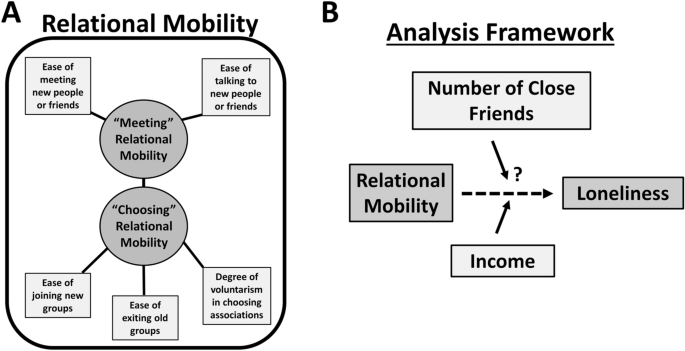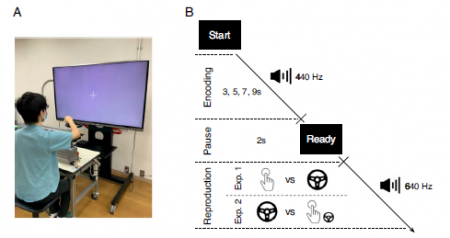- Home >
- 研究成果
研究成果
2023/8/23 プレプリントを公開しました
The Association Between Different Digital Use and Young Adults' Well-being
Yijun Chen, Xiaochu Zhang, Rei Akaishi
Abstract
Digital technology, particularly smartphones, has become an integral part of modern life, raising concerns about its impact on well-being, especially among young people. Previous studies have yielded inconsistent results, possibly due to a lack of differentiation between different types of digital use and an overemphasis on the connection between smartphone use and well-being while neglecting confounding variables such as face-to-face communication time. In this pre-registered study, we employed the experience sampling method (ESM) to track the daily activities of 418 individuals over 21 days and analyzed the data using multilevel models and psychometric network models. Our study specifically examined the effects of different communication targets (one-to-one vs. one-to-many) and communication modes (online vs. offline). The findings revealed that digital use has only a small direct effect on well-being, with negative impact of one-to-many online communication (e.g., viewing Twitter or Instagram). Increased digital use was found to reduce offline communication time, indirectly influencing well-being to a large degree. Overall, this study has the potential to reconcile the inconsistent findings regarding the effects of digital technology on well-being with indirect effects through reduction of offline communication time. The negative impact of one-to-many online communication, which constitutes a significant portion of digital use time, warrants further attention.
2022/10/05
Perceptions of social rigidity predict loneliness across the Japanese population

Loneliness is associated with mental and physical health problems and elevated suicide risk, and is increasingly widespread in modern societies. However, identifying the primary factors underlying loneliness remains a major public health challenge. Historically, loneliness was thought to result from a lack of high-quality social connections, but broader cultural factors (e.g. social norms) are increasingly recognized to also influence loneliness. Here, we used a large-scale survey (N = 4977) to assess to what degree the loneliness epidemic in Japan is associated with traditional measures of social isolation (number of close friends), cultural factors (perceptions of social rigidity, as measured by relational mobility), and socioeconomic factors (e.g. income). We confirmed that a lack of close friends is a dominant factor underlying loneliness in Japan. We also found that perceptions of the social rigidity in one’s environment was a major correlate of loneliness. Subjects who perceived lower levels of rigidity in their social environments felt significantly less lonely than those who perceived higher levels of social rigidity, though the association was weak in low income males. Thus, Japanese society and other high social rigidity cultures may need to reflect on the possibility that inflexible traditional norms of socialization are exacerbating loneliness.
新しい論文が発表されました。
Subjective time compression induced by continuous action
Sayako Ueda and Shingo Shimoda
Abstract

Increasing evidence indicates that voluntary actions can modulate the subjective time experience of its outcomes to optimize dynamic interaction with the external environment. In the present study, using a temporal reproduction task where participants reproduced the duration of an auditory stimulus to which they were previously exposed by performing different types of voluntary action, we examined how the subjective time experience of action outcomes changed with voluntary action types. Two experiments revealed that the subjective time experience of action outcomes was compressed, compared with physical time, if the action was performed continuously (Experiment 1), possibly enhancing the experience of controlling the action outcome, or if the action was added an extra task-unrelated continuous action (Experiment 2), possibly reflecting different underlying mechanisms from subjective time compression induced by the task-related continuous action. The majority of prior studies have focused on the subjective time experience of action outcomes when actions were performed voluntarily or not, and no previous study has examined the effects of differences in voluntary action types on the subjective time experience of action outcomes. These findings may be useful in situations in which people wish to intentionally compress their own time experience of daily events through their voluntary actions.
Multiscale Computation and Dynamic Attention in Biological and Artificial Intelligence
Ryan Paul Badman, Thomas Trenholm Hills & Rei Akaishi

